Let’s set the scene. You are reading a manga that is currently still ongoing. 50 chapters in. You’re heavily invested. It has a lot of potential and you cannot wait to see where it goes from there. A week after, the manga is canceled. An ending is rushed and vital plot points are left hanging. That is miserable. That is the risk of reading ongoing manga.
This might seem like fearmongering over something that’s really not that important. Which, admittedly, it is. This isn’t that important when compared to real issues, but the disappointment experienced is still very real. It sucks when a great work gets axed or if the means to read it is taken from you. If that’s not a dealbreaker for you, then by all means, keep on doing what you’re doing. But, if like me, you’ve been peeved by this a few too many times, then allow me to present the differences between reading styles and why I’ve moved away from ongoing.
The advent of manga reading apps and sites have changed the dynamic I grew up in, but the primary legal way that manga was consumed for a long time was buying the latest volume to be released in English. I should’ve prefaced this earlier, but this is going to follow the perspective of someone who reads in English. If you read in Japanese or Europe/Latin America, you might have other ways to intake the medium due to the differences in publishers.
Anyway, reading by volume has been the standard way of legally consuming manga for the longest time. It comes with some strong benefits, like owning a copy of the work and financially supporting the mangaka and the industry. Breaking up a work in volumes also makes for a great way to produce content for it like podcasts. A volume is long enough to give podcasters something to chew on, but short enough to avoid being a definitive review.
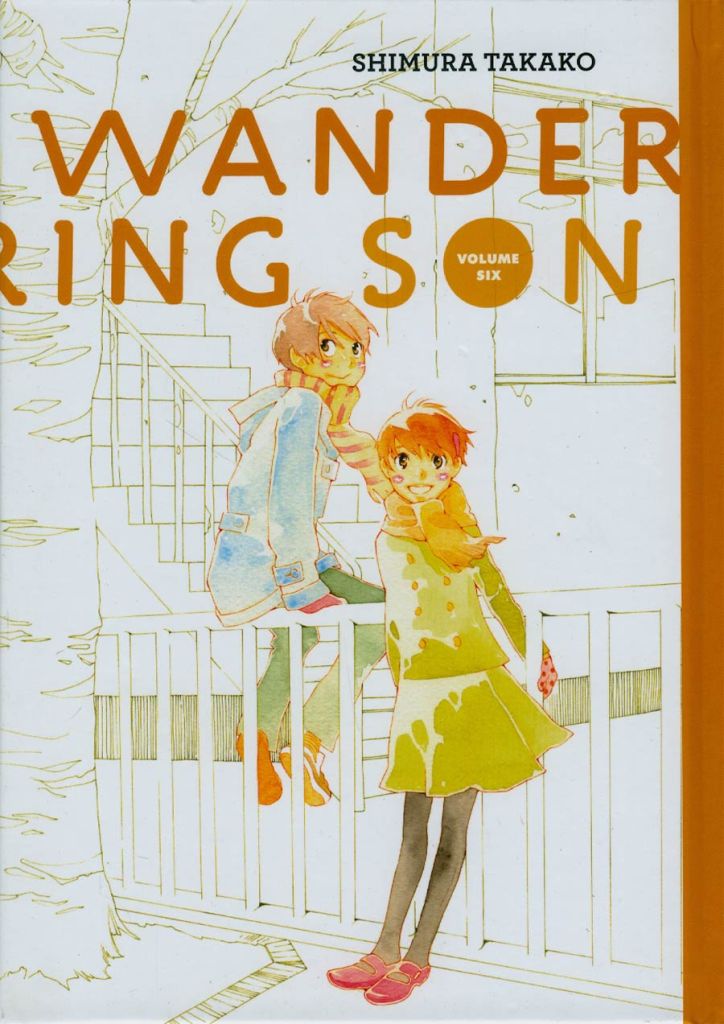
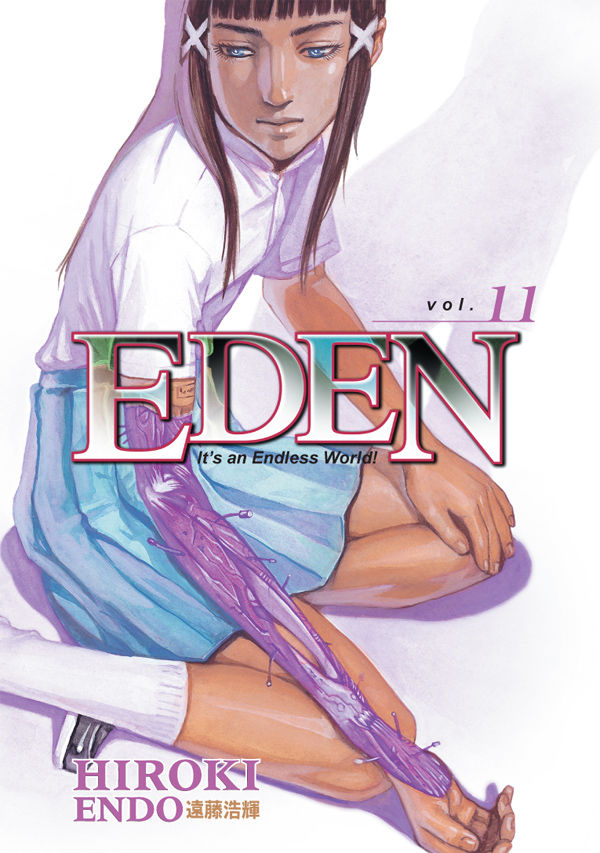
The biggest downside to this is being beholden and committed to the whims of publishers. While this may seem like a niche concern, it can be annoying. Wandering Son, Eden: It’s an Endless World!, and Gintama are all titles that have had their English publishers give up on them mid-production. These are manga with dedicated fanbases and niches, especially Gintama. However, that might still not be enough to convince publishers that the cost will be worth it.
To show how crazy this is, Vinland Saga was once up for cancellation. Kodansha US had to ask their readers to preorder the next volume if they wanted to keep the series alive. A manga that would be heralded as one the best manga of its time. A manga that would not only garner prestige, but also widespread popularity. There was point in time where that manga could’ve been truncated at just 7 volumes.
That’s just how publishing works. Manga that don’t make money cannot be published for long. In a niche interest like this, that alone could limit the access that readers have to manga. It’s a sad situations as I don’t assume publishers drop series out of pure disinterest or spite. It just doesn’t work out.
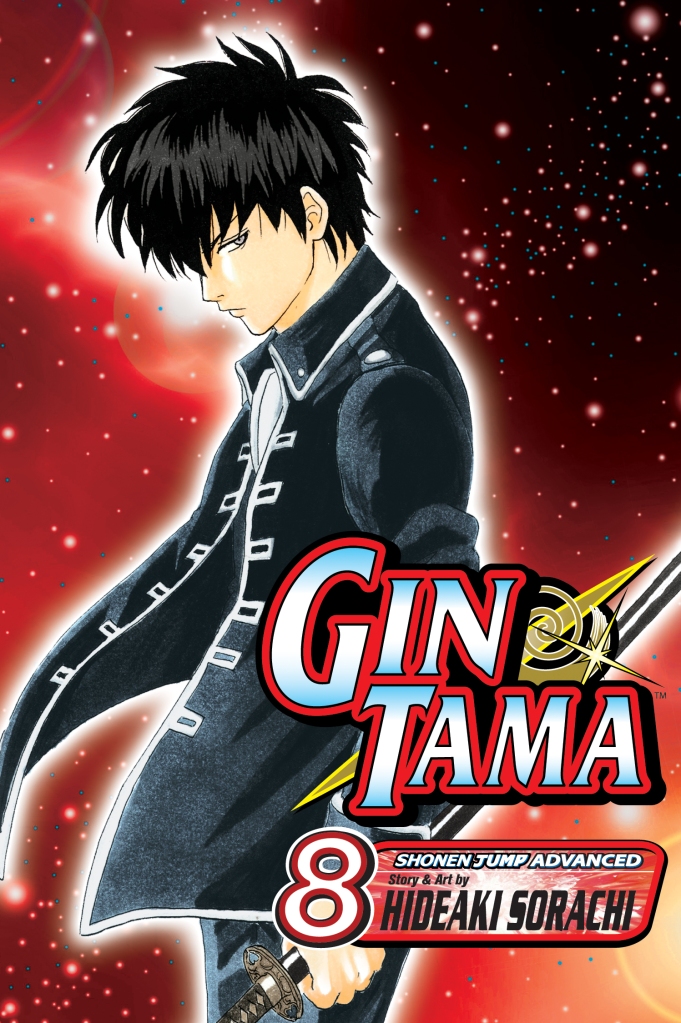
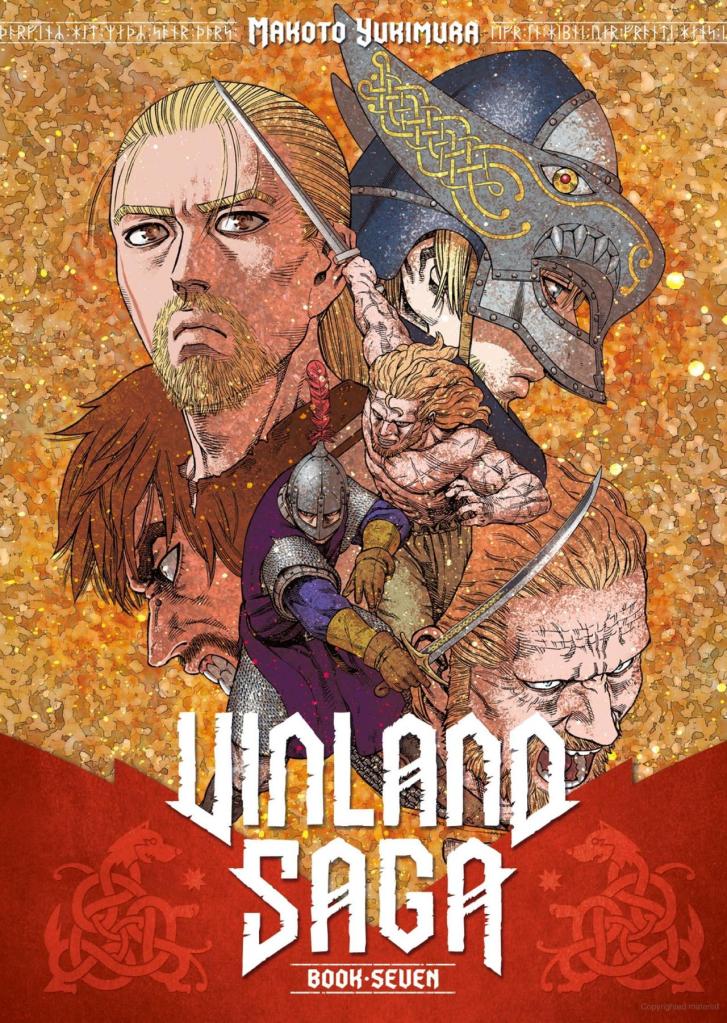
As for online publications, especially official manga reading apps, the publishing issue is lessened. While this is a major oversimplification on my part, it is much easier for publishers to deliver volumes digitally as it saves them expenses on printing. Digital volumes are not a finite resource so publishers do not have to worry about overstocking. This is the case with Yen Press’ publication of Emma. Everything past volume 5 is exclusively digital (much to my personal chagrin.)
Manga reading apps further streamline the process by getting rid of the volume format. A manga’s chapter is published as soon as the site is capable or ready. Often, these legal sites are operated by the original Japanese publishers or their North American subsidiaries. This is the case with Kodansha and Shueisha. While the success of the models are still up-in-the-air, the convenience they theoretically bring is massive.
This isn’t to say that this model carries no risk for ongoing readers. It just means that the risk becomes the most common one. The original manga publishers can just cancel ongoing works. For whatever reason the company sees fit, they can end the run of any manga they house. There might be some backlash, especially if the series is popular, but it means nothing is safe.
This is what broke me. I used to read ongoing manga constantly, specifically shonen works. I used to really pay attention to every new manga released under the Weekly Shonen Jump. One day, I picked up Stealth Symphony, the first manga from Ryohgo Narita that I’ve read. Full disclosure, I am a Baccano fanboy (the anime, at least.) I was so interested to see how Narita’s style would translate as a manga. The start was messy and all-over-the-place but Narita’s narratives are never clear at the start. You have to let him cook.
The Weekly Shonen Jump did not let him cook. They junked the whole manga after 21 chapters. I’ve seen series canceled before, but this one hurt. I wanted to see what this could’ve been. However, the business takes performance seriously, and Stealth Symphony was not delivering fast enough to stay afloat.
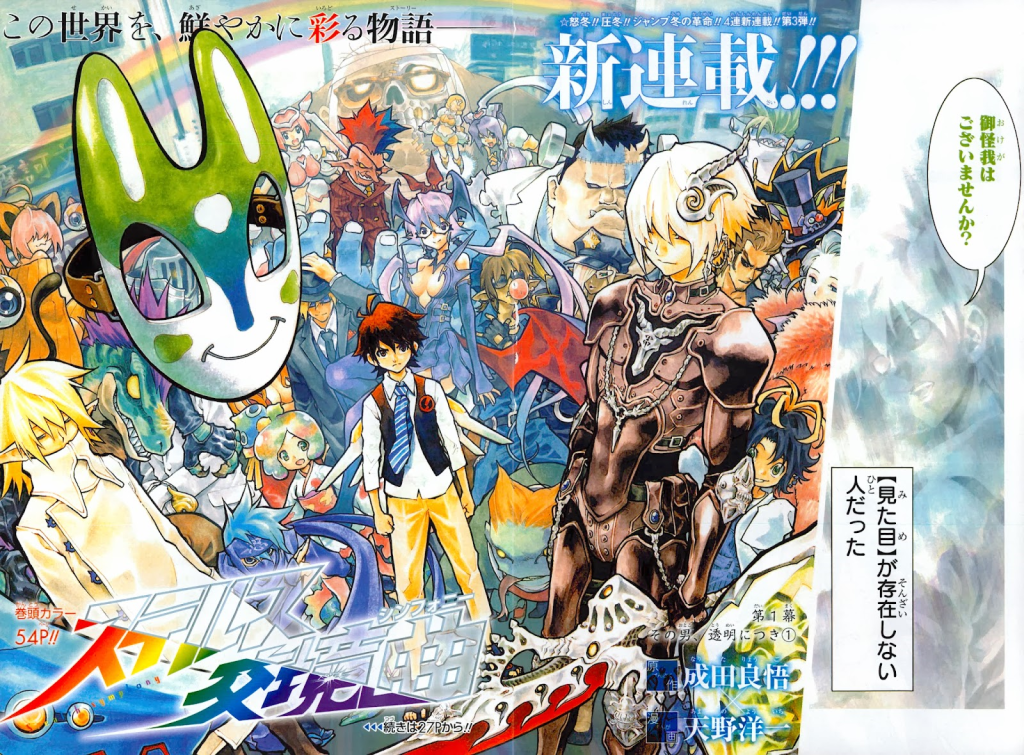
I swore off ongoing manga after this event. Perhaps that is a sign of mental weakness on my end, but it’s the path I’ve chosen to take. To be honest, I don’t think I’ve lost much. There are definite benefits to reading ongoing manga, the biggest of which is fostering a community. As a manga is running, its fans engage each other and build an online space. That sense of community is invaluable to many, while also generating hype for the series.
Another upside to reading ongoing manga is the joy of speculation. Seeing a story unfold in real time gives you the chance to think about where it can go next. You might see plot points that no one else does, which can make you feel excited and good about yourself. There’s a lot of fun in theorycrafting and it’s certainly something I miss.
None of that is enough to counteract the disappointment that comes with no longer being able to read a manga series. I’m still able to find a community of manga readers, but I just won’t be able to talk about ongoing works. Also, I am willing to break this rule. It requires an outstanding manga that is close to ending, while also being deeply supported by its publishers. So yeah, I broke this rule during the last 20 chapters of Golden Kamuy. Sue me.
It’s not meant to be an unbreakable oath, but a general rule to protect me from investing my time and feelings. If that sounds dumb to you, please continue enjoying manga as you already are. But if anything I said resonated with you, consider this: reading completed works is fun and liberating.
The best thing about reading completed works is total control of pace. I can read a manga as fast or as slow as I want. I can follow the intended pace of the work, or I can break it. I’m not missing out on anything if I slow down since there’s no social pressure to be up-to-date. It took me a year to finish JoJo’s Bizarre Adventure: Stardust Crusaders, and that worked for me. Araki’s pacing was atrocious, so I only read as much as I could handle. The opposite can also be true. I basically inhale any of Satoshi Mizukami’s works. It’s a personal decision. Not something dictated to me by publishing companies.
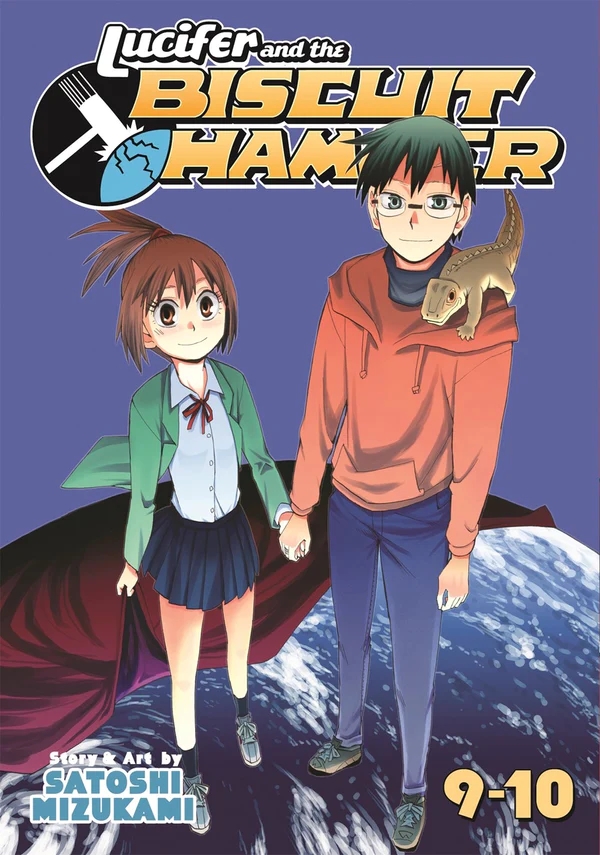

There’s a chance this goes down as my most nonsensical blog entry to date. Does my methodology make sense or am I just a softie who gets sad when manga end. You can call heads or tails on that, if you’d like. This is how I do things. And I invite anyone reading this to give it a shot. You might like it.